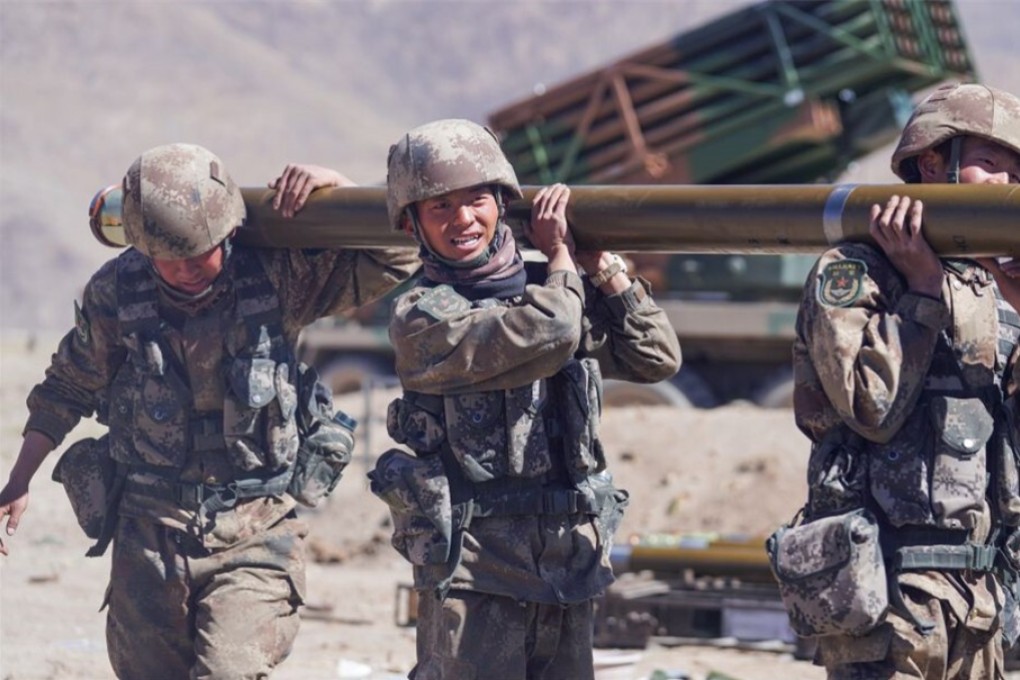Advertisement
Chinese military steps up night drills and brings in more advanced equipment close to Indian border
- The People’s Liberation Army is trying to familiarise its troops with new-generation equipment in the Xinjiang military district
- One company commander tells a military newspaper that the PLA wants higher standards from troops at high altitudes
Reading Time:2 minutes
Why you can trust SCMP
84

The Chinese military’s Western Theatre Command has introduced more night drills for units stationed near the Himalayan border as it seeks to familiarise its troops with new-generation weapons and equipment.
Since the start of the autumn, several forces in the Xinjiang military district have been carrying out night battle drills at altitudes of around 5,000 metres (16,400 feet), according to the military newspaper PLA Daily.
“We have revised our schedules and demanded soldiers meet higher standards for high-altitude training as we need to deal with a harsher battlefield environment amid increasing challenges in the peripheral areas,” Yang Yang, a company commander, told the newspaper.
Advertisement
Yang said his mechanised force had been crossing the snowy highlands without lights and practising nighttime live-fire machine gun drills.
The report said new Type PHL-11 truck-mounted self-propelled 122mm multiple system rocket launchers had been deployed in the area and were being used for precision strike drills. Previously it was reported that they had been deployed on the Tibetan Plateau for live fire drills near the disputed border with India.
Advertisement
Advertisement
Select Voice
Choose your listening speed
Get through articles 2x faster
1.25x
250 WPM
Slow
Average
Fast
1.25x